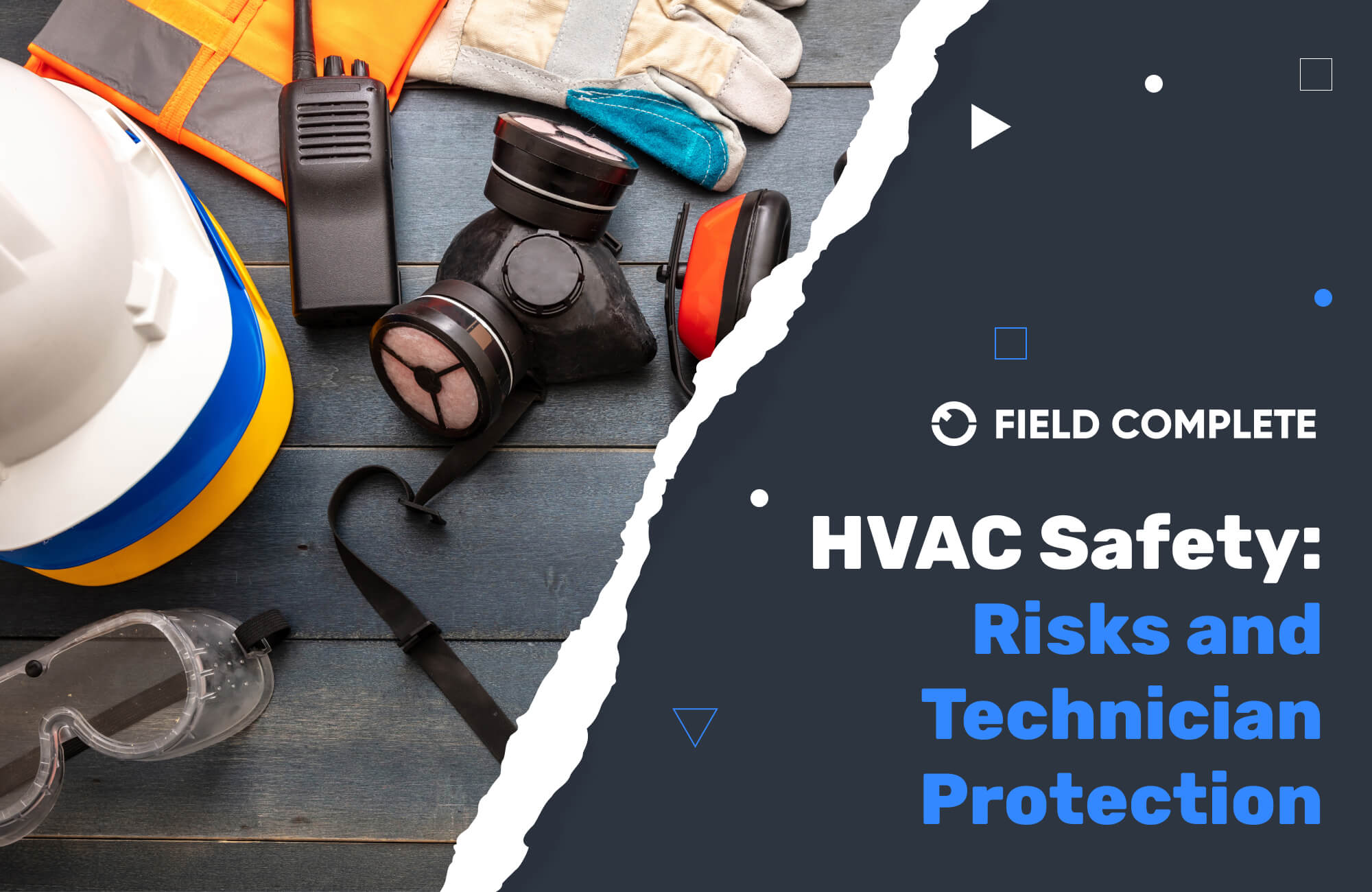
Table of Contents
- Introduction to HVAC and Regulatory Compliance
- Functionality of HVAC Systems in Health and Safety
- Health and Safety Regulations Affecting HVAC Systems
- Benefits of Regular HVAC Maintenance
- Recent Advancements in HVAC Technology
- Using HVAC Systems to Improve Indoor Air Quality
- Steps to Ensure Compliance with HVAC Systems
- Conclusion
Introduction to HVAC and Regulatory Compliance
Adhering to health and safety regulations has become more critical than ever in today’s corporate world. Companies must create safe workplace environments and effectively maintain public health standards. At the very core of these obligations lies the structure and functionality of HVAC systems. These systems are indispensable, maintaining the delicate balance between comfort and compliance with safety regulations.
The scope of HVAC systems extends far beyond mere temperature control. Their design is thoughtfully aligned to ensure a regulated indoor environment, which is vital in maintaining compliance with regulatory standards. Considering expert resources and advanced applications available in today’s market, one can learn more about how integral HVAC systems audit, upgrade, and maintenance are pivotal in meeting regulatory needs.
Functionality of HVAC Systems in Health and Safety
HVAC systems are vital for maintaining a high air quality standard in indoor environments. In addition to regulating temperature, these systems are designed to manage ventilation meticulously, remove impurities, and control humidity levels. Such functionalities are essential in hospitals, industrial setups, and even office spaces where the air must be meticulously controlled to prevent the accumulation of harmful pollutants. Optimal HVAC performance ensures these hazards are kept at bay, resulting in healthier and safer indoor environments.
Health and Safety Regulations Affecting HVAC Systems
Various organizations, including the Occupational Safety and Health Administration, establish regulations and standards related to workplace HVAC systems. These guidelines guarantee that temperature and air quality in the workplace adhere to minimum acceptable levels. The safety of employees could be jeopardized, and noncompliance with these regulations may lead to significant penalties. HVAC systems must be regularly assessed and enhanced to navigate the complex framework of regulatory requirements effectively.
Benefits of Regular HVAC Maintenance
Routine maintenance of HVAC systems is a cornerstone of operational efficiency and compliance. This procedure entails cleaning the air filters, operating the system smoothly, and inspecting system components for possible problems. Regular maintenance helps identify and resolve issues early, preventing costly breakdowns and downtime. It also contributes to energy savings, improved air quality, and overall system longevity, positively impacting compliance and workplace safety.
Recent Advancements in HVAC Technology
Advancements in HVAC technology have significantly improved businesses’ capacity to adhere to today’s health and safety regulations. Incorporating cutting-edge HVAC systems with IoT features facilitates real-time observation and modification of environmental parameters. These systems can send alerts for immediate corrective action when deviations from predetermined safety parameters occur, enabling proactive indoor air quality management. Such capabilities empower businesses to ensure compliance with minimal manual intervention.
Using HVAC Systems to Improve Indoor Air Quality
Recent innovations in HVAC technology have considerably enhanced indoor air quality by efficiently removing pollutants and controlling environmental conditions. Modern HVAC systems can eliminate harmful agents like dust, allergens, and volatile organic compounds by incorporating state-of-the-art air purification and filtration technologies. They are essential, particularly in industries where high indoor air quality is crucial for compliance and the comfort and well-being of occupants.
Steps to Ensure Compliance with HVAC Systems
To comply with regulatory standards using HVAC systems, businesses can implement the following steps:
- Establish a disciplined maintenance schedule to preserve system efficiency and functionality.
- Invest in system upgrades, ensuring the use of modern, efficient technologies.
- Implement advanced filtration systems to combat air quality issues proactively.
- Ensure comprehensive and proper installation, achieving optimal ventilation and integrating systems seamlessly into existing infrastructure.
These measures are imperative in safeguarding environmental quality and ensuring regulatory compliance effortlessly.
Conclusion
The significant importance of HVAC systems in meeting health and safety regulations cannot be overstated. When well-maintained and managed, these systems provide a dependable means of ensuring optimal indoor air quality and environmental conditions. Businesses must stay informed about technological advancements and regulatory updates to use HVAC systems effectively. By acknowledging the significance of strong air quality management, companies can cultivate safer and more efficient work environments. By carefully monitoring HVAC performance, organizations can promote a healthier workplace, enhance compliance, and nurture a safety culture.